
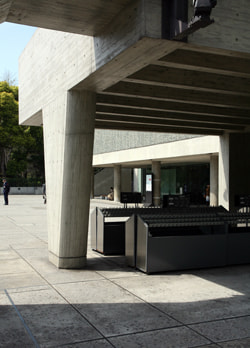
The front steps of the Main Building
Q : What about conservation of the artworks?
Roles and missions of museums are about to change significantly as the times change.
Aoyagi: This museum used to have a conservation and restoration room and a conservation science room, but the operating subsidy and payroll costs have been reduced 4 and 1 percentage points annually, respectively, since it became an independent administrative institution in 2001. The number of office staff was reduced from 18 to 12, and the number of curators might be also reduced. The museum's organizational structure was changed from the vertical administrative structure to the team system in order to make it more flexible, and the conservation and restoration room and the conservation science room were removed in February 2010. I think conservation and restoration of the museum's collections will be outsourced in part because there are many excellent sub-contractors. (continued in the right column)


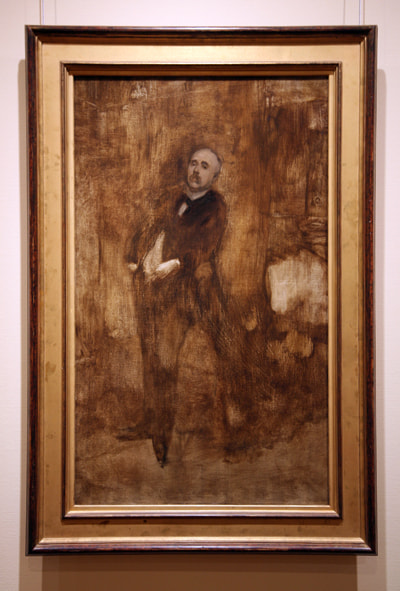

Q : What about new approaches using digital technology?
The wave of digital technology is going to change a way of appreciating artworks too.
We launched the voice/video guidance "Well.com Museum Project" since 2004, which is subsidized by the TokyoMarunouchi Ubiquitous Museum. A voice/video guidance tour titled "Touch the Museum," which makes use of iPhone or iPod Touch, started from April 2010. In cooperation with NHK Educational Corporation, we have accumulated and used high-quality contents.
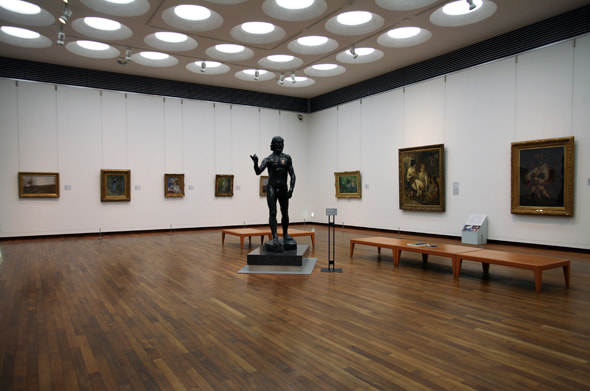
19th Century Paintings (New Wing, second floor)
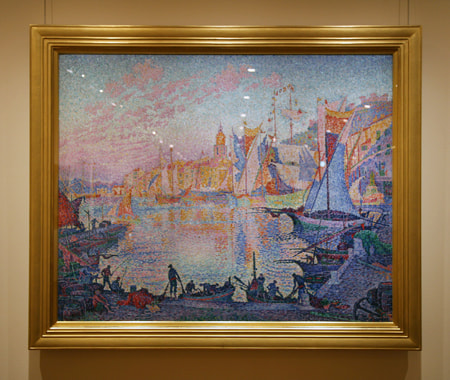
Paul Signac, "The Port of Saint-Tropez" (1901-02)

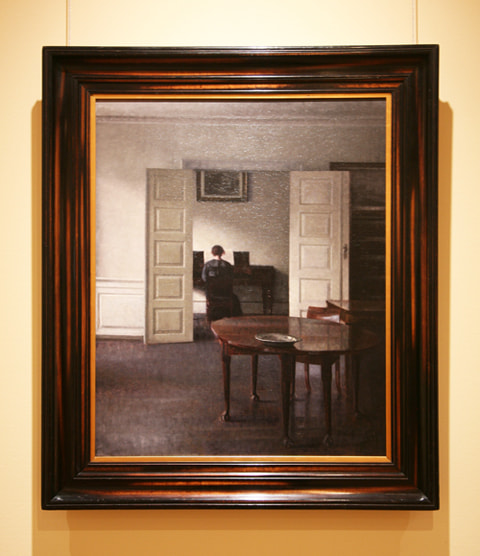
Vilhelm Hammershøi, "Interior with Ida Playing the Piano" (1910)

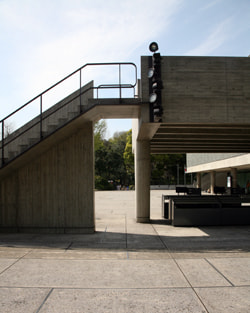

The front steps of the Main Building








